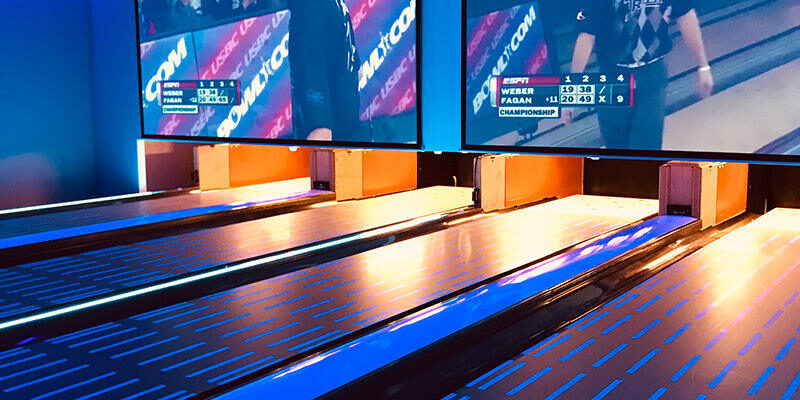1. Why Bowling Ball Procurement Matters
Bowling balls are the most touched and personalized part of a bowling experience—every strike, spare, or gutter starts with a ball that feels right in the player’s hand. For bowling center owners and pro-shop managers, selecting the right lineup of balls directly impacts customer satisfaction and operational profit.
When sourcing inventory, it’s essential to work with a trusted Bowling Ball Supplier who can provide diverse weights, coverstock options, and consistent quality across batches. Bulk purchasing from reliable suppliers reduces per-unit costs and ensures uniform performance for league play and house rentals.
2. Understanding Bowling Ball Types
There are two main categories you’ll deal with: house balls (used by casual players) and league or pro balls (used by serious bowlers).
House Balls:
Typically made from polyester or plastic.
Designed for durability and minimal hook.
Ideal for frequent use and varied hand sizes.
League Balls:
Often crafted from urethane, reactive resin, or particle materials.
Provide enhanced grip and hook potential.
Require periodic resurfacing and inspection.
Choosing the right mix between house and league balls allows centers to cater to both walk-in traffic and club players effectively.
3. Material and Performance Considerations
Each ball material affects both player control and lane wear.
Plastic: Low friction, suitable for beginners and spare shots.
Urethane: Moderate hook, good balance of control and lifespan.
Reactive Resin: High hook potential, ideal for competitive bowlers.
Particle (Pro-level): Maximum traction, designed for specific lane conditions.
Selecting the right proportion of these materials ensures performance consistency and prolongs lane surface quality—reducing maintenance costs.
4. Weight and Core Balance
Most centers stock weights between 6–16 lbs. The key is maintaining a balanced curve:
Lighter (6–10 lbs): For youth and casual players.
Mid-range (11–13 lbs): Common for mixed groups.
Heavy (14–16 lbs): Preferred by league and advanced players.
Modern balls use symmetrical or asymmetrical cores to control hook and rotation. Your supplier should help you match core designs to your customer base and lane conditions.
5. Aesthetic Appeal and Branding
Visual presentation influences purchase and rental decisions. Custom-colored or logo-printed balls make strong brand impressions and help with lane organization. Many centers now offer corporate branding or event-based customization—an additional revenue stream beyond rentals.
If you plan to include customized designs or branded series, coordinate bulk orders through an experienced Bowling Equipment Manufacturer who supports logo imprinting, color consistency, and quality control for large runs.
6. Lifecycle Management and Maintenance
Bowling balls, especially league-grade resin models, require periodic resurfacing to maintain reaction consistency. Regular inspection for cracks, oil absorption, and surface dullness helps extend lifespan.
Recommended maintenance cycle:
House balls: Inspection every 3–6 months.
League balls: Resurface every 60–80 games.
Deep clean after every 50 games using approved ball cleaner.
Maintaining your inventory not only keeps customers happy but also protects lane surfaces from uneven wear.
7. Inventory Planning for Bowling Centers
The optimal ratio depends on your lane count and target clientele:
For 8 lanes or fewer: Maintain 60–80 house balls, evenly distributed by weight.
For 12–16 lanes: Stock 100–140 balls, with heavier weight ratios for leagues.
For large chains: Implement inventory tracking to balance loads across locations.
8. Procurement Best Practices
To maximize efficiency and ROI:
Purchase in bulk during offseason months to secure better pricing.
Keep a minimum 10% spare inventory to replace damaged units immediately.
Request COA (Certificate of Authenticity) and performance data from suppliers.
Prioritize vendors offering after-sales technical guidance and warranty.
9. Lane Compatibility and Ball Rotation
Ensure the balls’ hardness and surface finish are compatible with your lane material. Inconsistent finishes can accelerate lane oil absorption and distort oil patterns. Rotate house balls regularly to distribute wear evenly across all equipment.
10. Final Thoughts
Effective bowling ball procurement combines data-driven planning with long-term supplier partnerships. From material selection to maintenance, every choice affects your customer’s experience and operational cost. Working with certified suppliers not only ensures reliability but also strengthens your brand reputation in a competitive market.
FAQs
Q1: What’s the ideal number of bowling balls per lane?
A good ratio is 8–10 balls per lane, covering the full range of weights and hand sizes.
Q2: Can I custom-print logos on house balls?
Yes, most professional suppliers offer logo printing or color customization for branding or promotional use.
Q3: How often should I replace damaged or cracked balls?
Inspect monthly and immediately replace any ball with visible fractures or uneven balance to ensure player safety.








